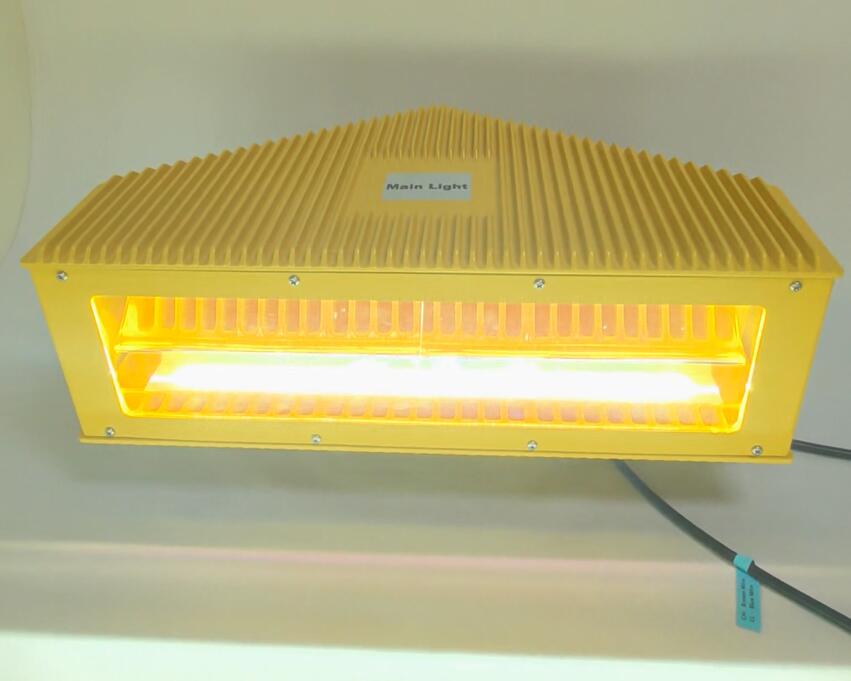Obstruction light is a key component in ensuring safety in various scenarios. It serves as a visual indicator, alerting all who might encounter potential hazards.
In the aviation domain, these lights are essential. They adorn tall structures like towers and skyscrapers, preventing mid-air collisions. For instance, without obstruction lights on a newly erected communication tower, an aircraft might not notice it during a foggy night flight.
| Obstruction Light | L-864 |
| 23 | L856 |
At sea, obstruction lights guide ships away from dangerous areas. They mark off oil rigs or underwater obstructions, safeguarding maritime navigation. A ship captain relying solely on radar could miss a hidden obstacle without the visual cue of an obstruction light.

On land, they are found on construction sites, indicating the presence of cranes or unfinished buildings. This protects both workers and passing traffic. Picture a busy city street at night; an obstruction light warns drivers of a tall crane ahead.
Obstruction lights come in different forms and intensities. Some are steady, while others flash to catch attention. Their colors and patterns are standardized to convey clear messages.
The proper installation and maintenance of obstruction lights are of utmost importance. Regular checks ensure they are functioning optimally, providing continuous safety.
Obstruction light is a vital tool that helps prevent accidents and protects lives and property across multiple environments.